10 of the Best (And Affordable) Superfoods You Should Already Be Eating: Part 1
Açai, spirulina, goji berries, oh my!
If you’ve been down the aisles in a health food store in the last several years, you’ve most likely passed by an overly priced superfood or two (or ten).
And while tasty (some more than others), the term “superfood,” though now recognized in the Merriam-Webster dictionary, is essentially a marketing term that companies made up and have used to sell their products.
Before you stop reading this post, that doesn’t mean these foods don’t have significant nutritional value because they do. Generally speaking, a food item earns the “superfood” badge by being high in nutrients, such as vitamins, minerals, and antioxidants. They also tend to be low in calories and plant-based (but not always) and are linked to preventing disease.
In this post, we’ll focus on accessible (AKA affordable) superfoods that give you the most bang for your buck. And by also focusing on low-caloric density plant-based items, you don’t have to feel guilty eating too much!
(The reason we are focusing on plant-based items is that most Americans, and others living in western societies, are already struggling to get enough plant foods in their diet. By incorporating some of the items on this list, you can move towards a more balanced diet.)
While availability and prices vary depending on where you live, and the time of year, the following food items are generally available year-round in most major grocery chains.
Without further ado, here are 5 of the best (and affordable) superfoods you should already be eating (and check out part 2 here):
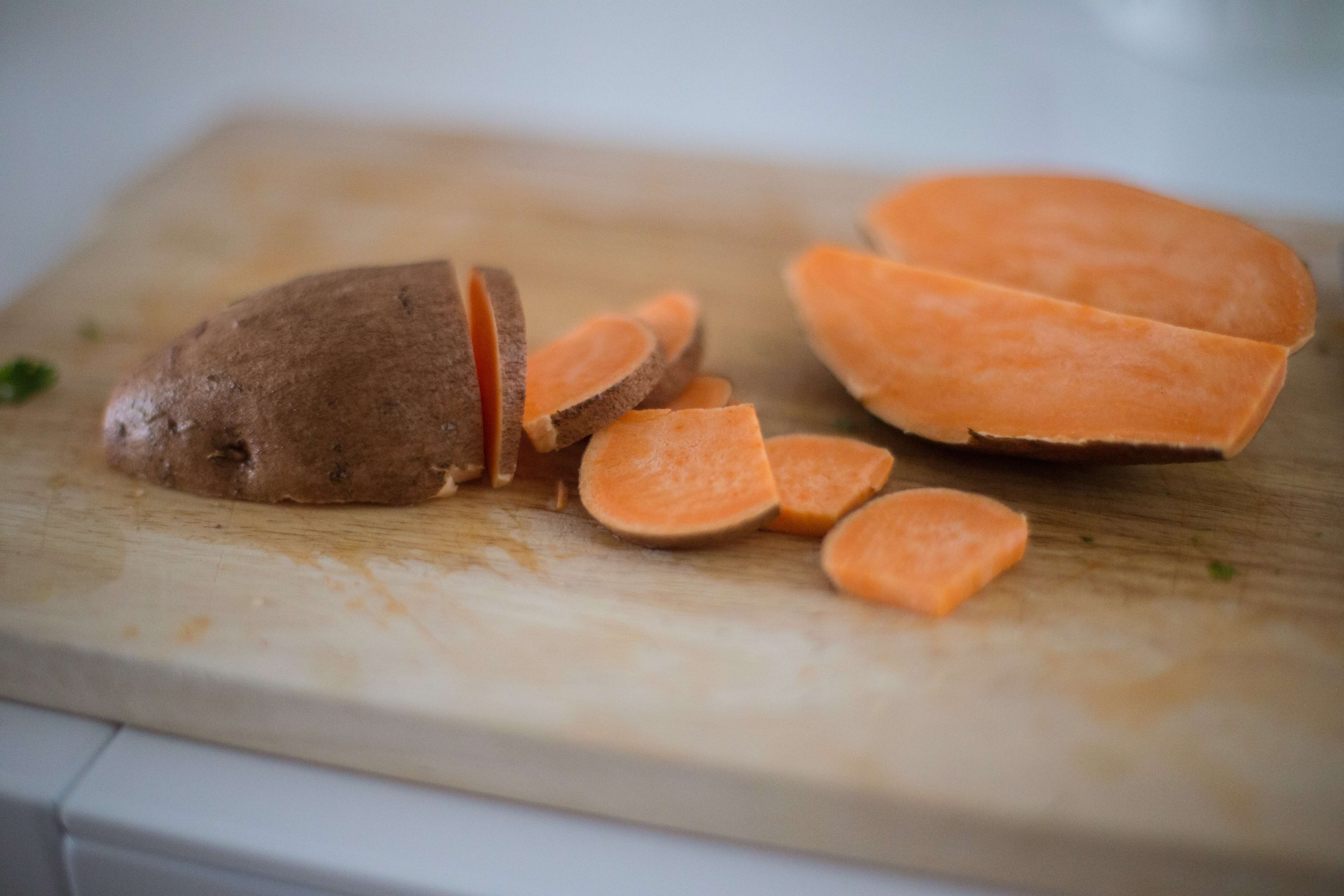
1. Sweet Potatoes
What qualifies sweet potatoes to be on this list over the other potatoes (white, russet, etc.) is their color. And they can thank beta-carotene for their beautiful orange color. Beta-carotene is an antioxidant that converts to Vitamin A, which supports healthy vision. Don’t like orange sweet potatoes? Purple sweet potatoes may also help with improved eyesight.
Sweet potatoes are rich in potassium, Vitamin C, Vitamin B6, and fiber. They also have the honor of considering themselves anti-inflammatory. And as if that’s not enough, they help fight cancer and diabetes.
Serving suggestions: baked with your favorite baked potato toppings; added to buddha bowls and black bean chili.
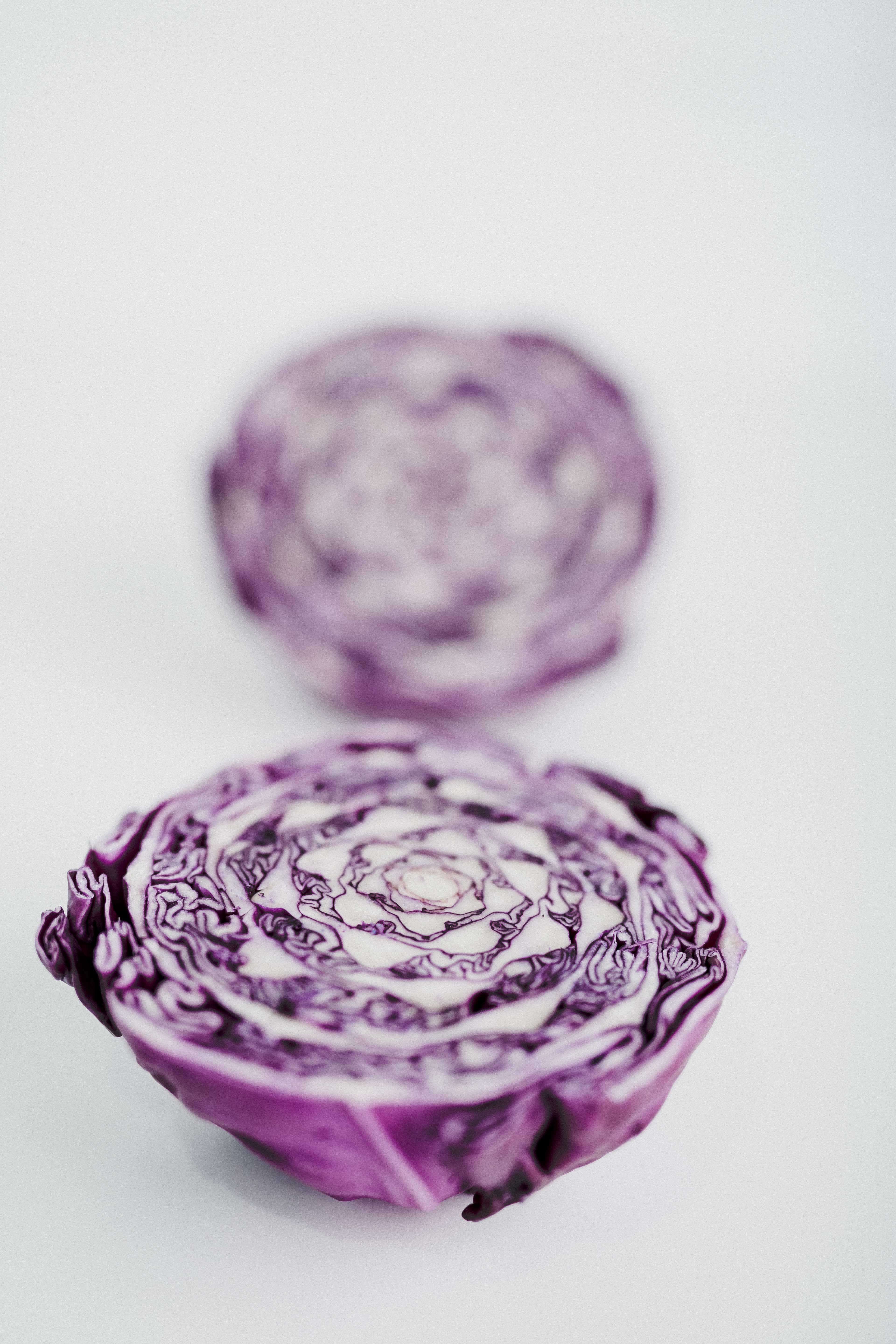
2. Purple Cabbage
Next up, purple cabbage (also known as red cabbage, despite its purple color). This often overlooked vegetable might just be the best back for your antioxidant buck (and more so than its green counterpart). This colorful vegetable contains antioxidants such as Vitamin C, carotenoids and anthocyanins (the pigments that give fruits and vegetables their color), and kaempferol (which helps reduce the risk of chronic diseases, including cancer).
Purple cabbage is also a good source of Vitamin K1, which, like Vitamin C, is also involved in maintaining bone health. It also plays a role in your bloodstream by helping your blood clot appropriately.
Like sweet potatoes, purple cabbage can also wear the anticancer badge due to its sulforaphane and anthocyanins, which are shown to fight cancer. It’s also a good source of fiber, which is essential for optimal gut health.
Serving suggestions: cooked in stir-fries; used in cabbage soup; eaten raw in salads and tacos.
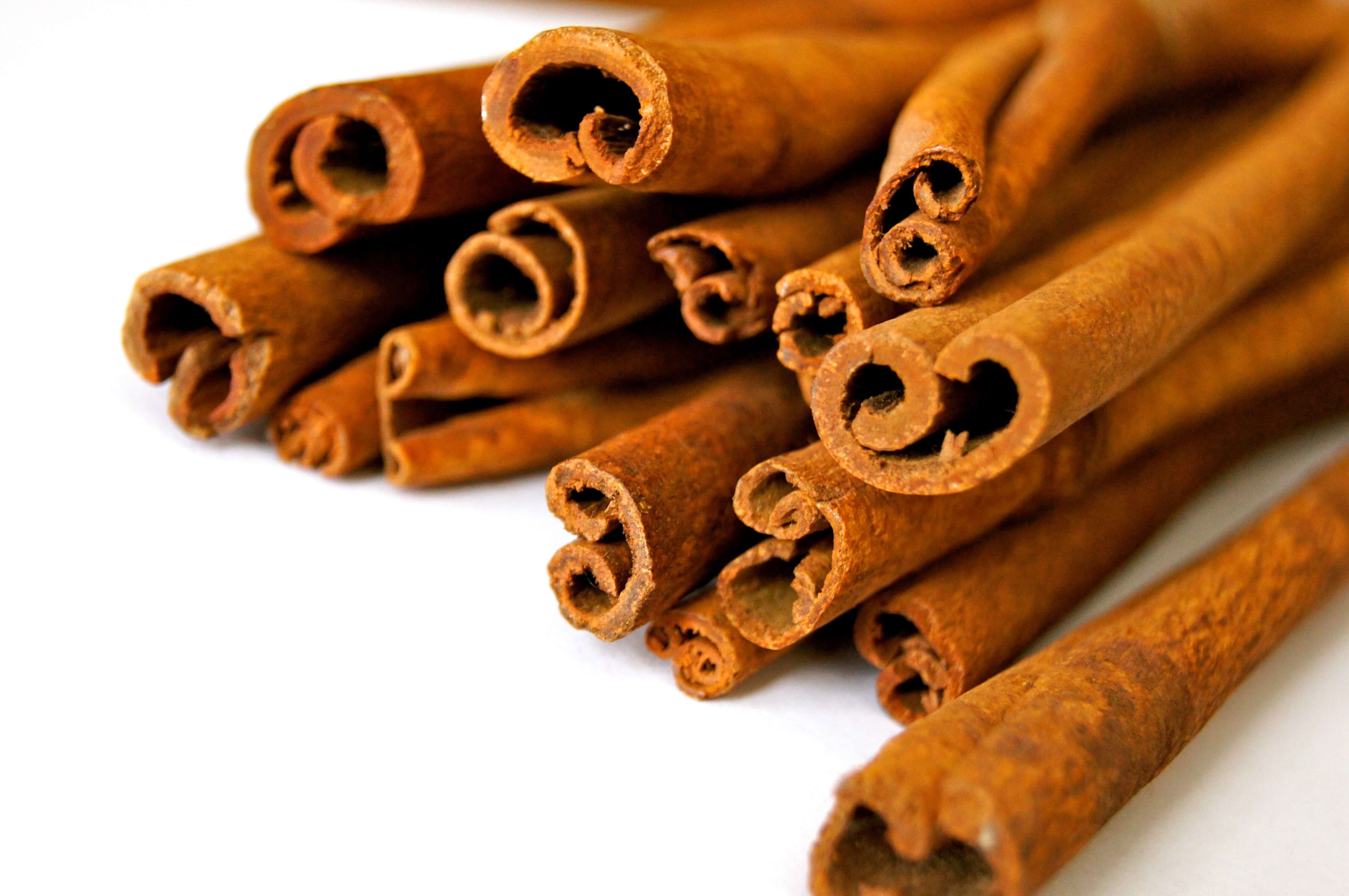
3. Cinnamon
Though cinnamon is more of a spice than a food, it’s worth including in this list due to its potent antioxidant composition. It’s such a powerhouse because it also has anti-inflammatory and antimicrobial properties and beneficial effects on cardiovascular and immune systems.
It may very well help fight diabetes by reducing blood sugar, though it depends on the type. Cassia (often cheaper) may help but also be toxic, and Ceylon may not help lower blood sugar but is not harmful. Those who may want to be extra concerned about the toxicity are those with liver impairment because the toxic component of Cassia cinnamon is coumarin, which is harmful to the liver.
Serving suggestions: mix it with your coffee grounds; add it to smoothies, oats, and baked goods (like pancakes - in the batter or as a topping); add to savory dishes like curries and chili.
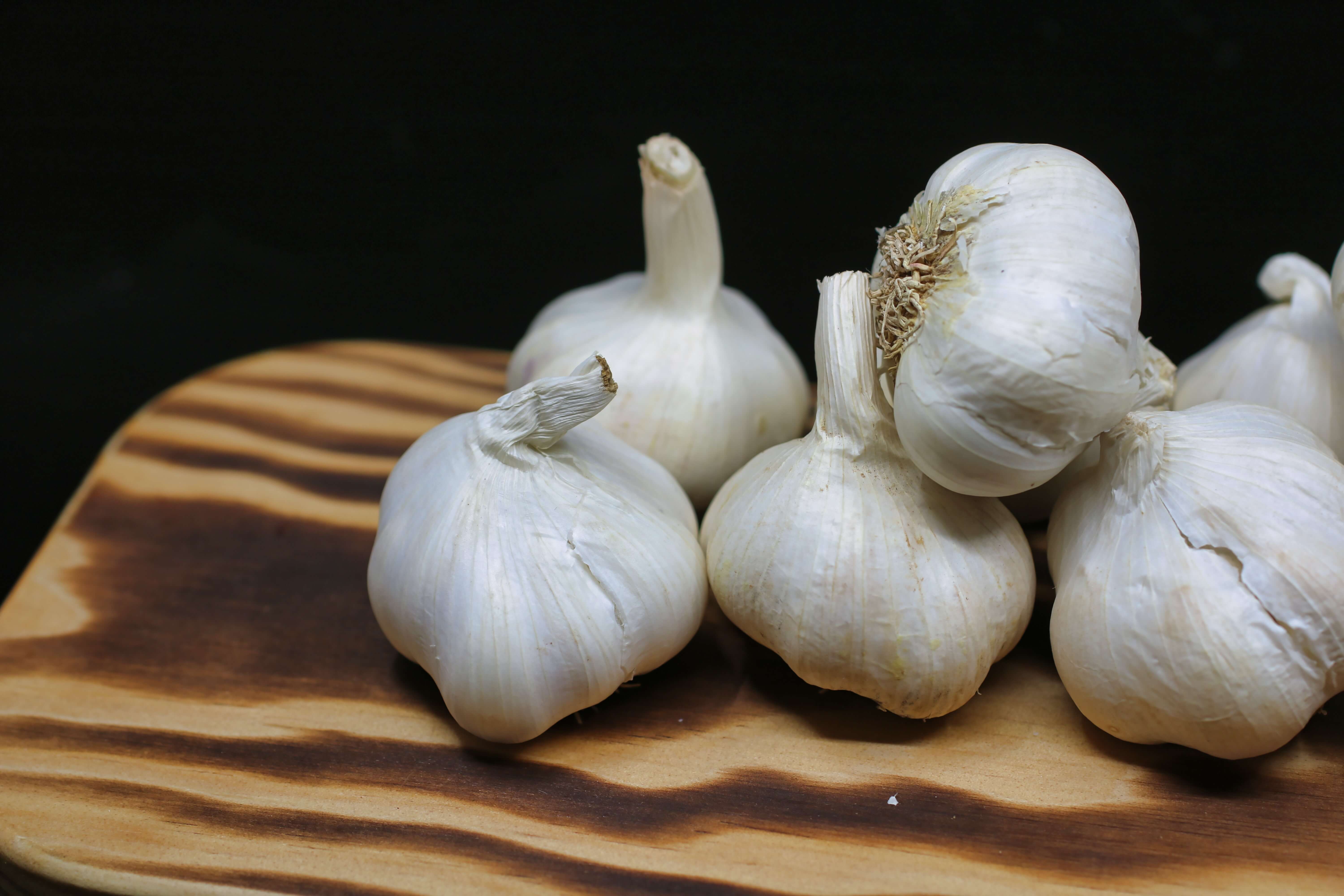
4. Garlic
According to this video by Dr. Michael Gregor, garlic wins the gold medal in the cancer-fighting vegetable competition. It belongs to the allium family, which includes leeks, onions, and scallions. The best any other veggie family can hope for is a bronze medal in this competition between the allium and cruciferous (broccoli, cauliflower, cabbage, kale, etc.) families.
Things you can gain by adding this superfood into your diet (besides incredible flavor when cooking) include vitamins C and B6, selenium, manganese, and fiber.
But garlic doesn’t stop there. Various studies have shown that garlic helps fight cancer, improve heart health, and support the immune system. Impressive, right? It may not come as a surprise since garlic has been used for its medicinal qualities for over 5,000 years!
Serving suggestions: added to oil with onions to start and add flavor to virtually any dish on the stove or in the oven; used raw to pack a flavor punch in homemade salad dressings; added to homemade pickle brine.
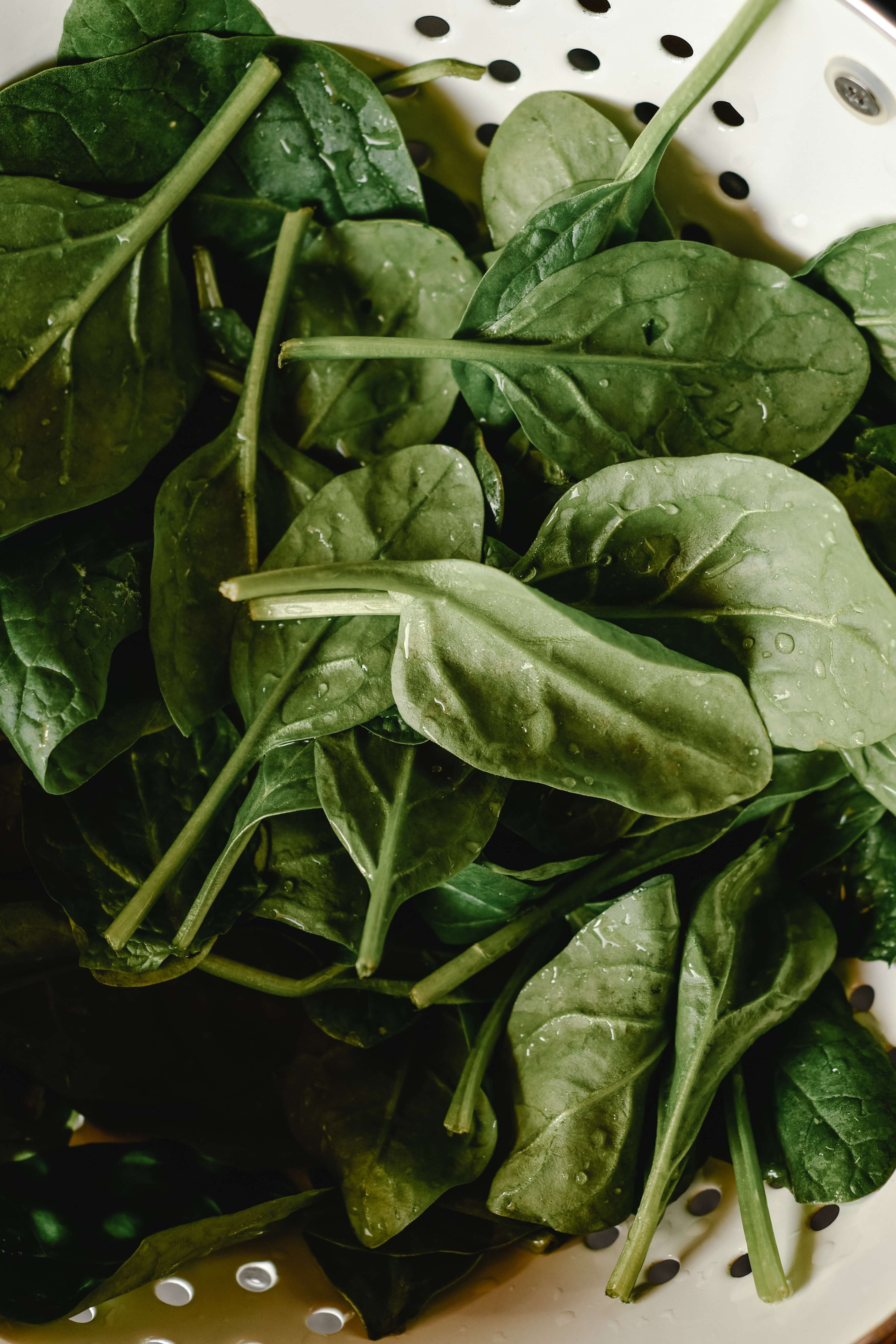
5. Spinach
This wonderfully versatile superfood is rich in goodness. It, and other dark green leafy greens, contain those lovely colorful cancer-fighting carotenoids, nitrate, vitamin C (and A, K E, and B vitamins), calcium, potassium, iron, folate, zinc, and magnesium.
Those other dark green leafy greens (like swiss chard, kale, and bok choy) are also great because of their high water and fiber composition. We’ve chosen spinach specifically because it tends to be the most affordable.
Tip: Buy frozen to get more spinach for your dollar. If you’ve ever tried to cook spinach, you know that it shrinks to near-nothingness. And if you’re wondering about freshness, frozen vegetables (and fruits) tend to be frozen soon after picking, leaving them fresher than most fresh produce.
Serving suggestions: added to smoothies for a daily dose of green (you’ll be surprised when you don’t even taste it); used as a base for salad or grain bowls; added to soups and chili, or even just with your favorite type of bean!
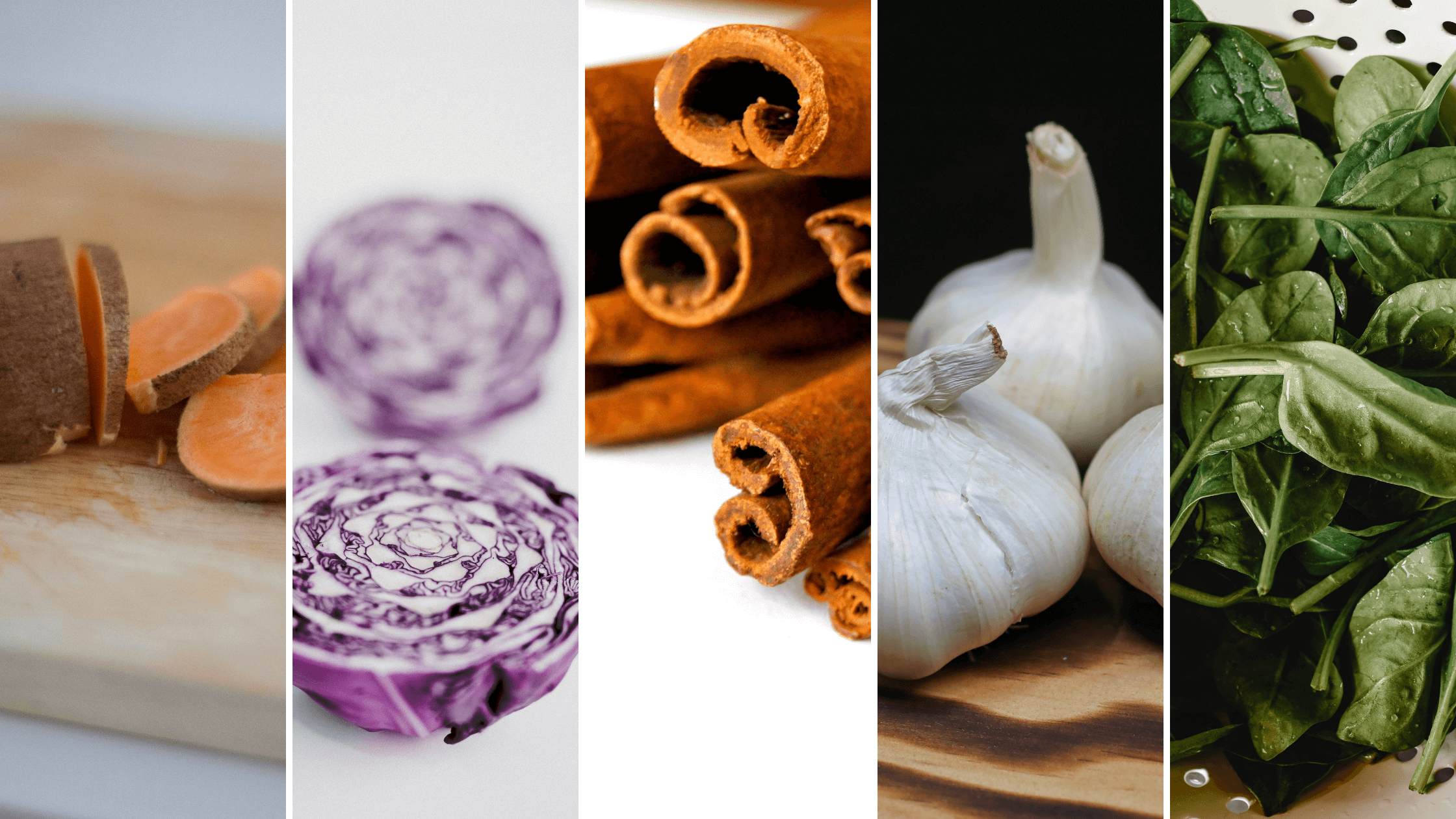
That’s all for this week! Check out part 2 to find out superfoods number six through ten, as well as the honorable mentions. After all, not every food can be super.
Follow us on Facebook to be the first to know when a new blog post goes live. Don’t worry; we won’t bombard you with sales, though you may see the occasional post letting you know when we have a special offer.
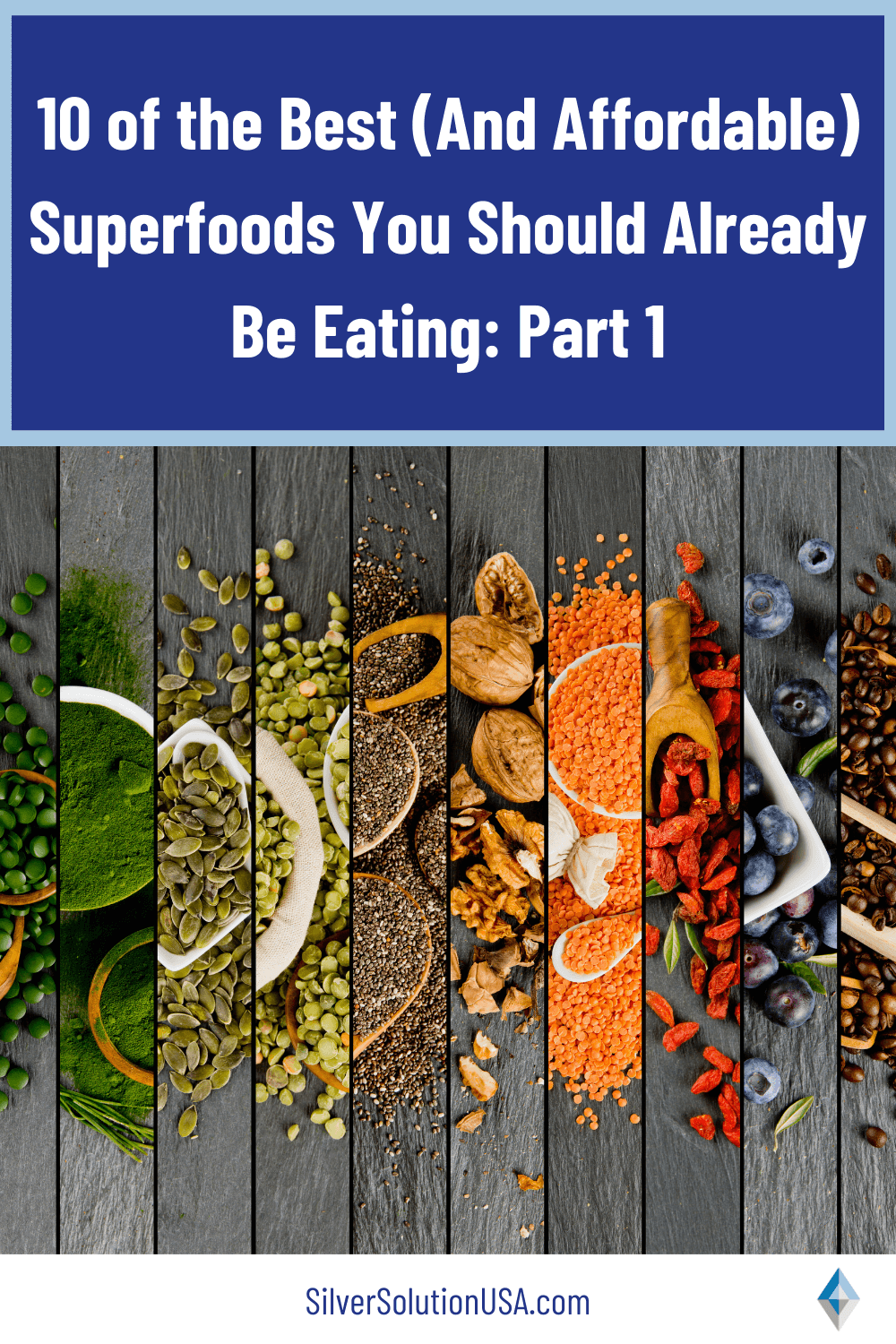
Health/Medical Disclaimer
This blog post does not provide health or medical advice. This blog post is for informational and educational purposes only and is not a substitute for professional health or medical advice. Before taking any actions based upon such information, we encourage you to consult with the appropriate medical and healthcare professionals. We do not provide any kind of health or medical advice. The use or reliance of any information contained on this blog is solely at your own risk.
Sources:
https://nutritionfacts.org/video/superfood-bargains-2/
https://nutritionfacts.org/video/antioxidant-rich-foods-with-every-meal/
https://nutritionfacts.org/video/1-anticancer-vegetable/
https://nutritionfacts.org/2015/11/19/sweet-potato-proteins-vs-cancer/
https://www.healthline.com/nutrition/sweet-potato-benefits#TOC_TITLE_HDR_5
https://www.hsph.harvard.edu/nutritionsource/food-features/sweet-potatoes/
https://www.medicalnewstoday.com/articles/303079#common_superfoods
https://www.healthline.com/nutrition/true-superfoods#TOC_TITLE_HDR_17
https://www.health.harvard.edu/blog/10-superfoods-to-boost-a-healthy-diet-2018082914463
https://www.hsph.harvard.edu/nutritionsource/superfoods/
https://www.healthline.com/nutrition/true-superfoods
https://www.healthline.com/nutrition/foods-vegans-eat
https://ods.od.nih.gov/factsheets/VitaminK-HealthProfessional/
https://www.nccih.nih.gov/health/cinnamon
https://nutritionfacts.org/video/update-on-cinnamon-for-blood-sugar-control/
https://pubmed.ncbi.nlm.nih.gov/26842201/
Recent Posts
-
Are sunscreen ingredients harmful?
Sunny days can bring a lot of fun. Going out for a swim, spending time in nature, or relaxing on the …18th Mar 2024 -
The Veggie Debate: Does Cooking Vegetables Destroy Nutrients and the Best Ways to Cook Them
Vegetables are one of the healthiest foods you can choose. Some people downright hate them, while so …4th Mar 2024 -
Best Foods for COVID Recovery and Prevention
A few years ago, a new virus took the world by surprise. COVID-19 may look like the flu on the surfa …19th Feb 2024




